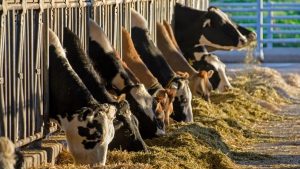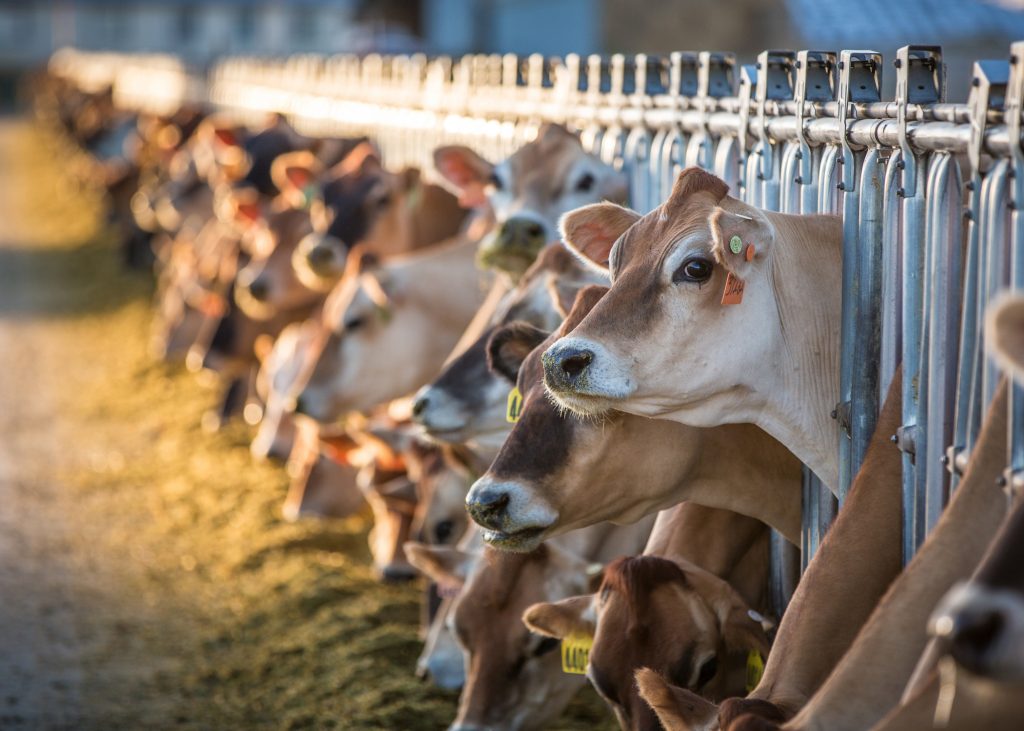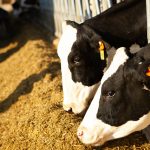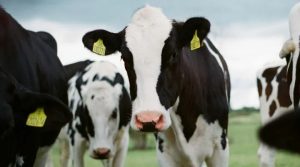
These days are there fewer black-and-white heads poking out of the steel fence along the deeply rutted dirt road through Ralph Anderson’s Magic Valley Farm.
A few months ago, Anderson managed a herd of 600 Holstein cows, enough to keep his milking barn humming 24 hours a day. Now, Anderson, 51, devotes just three hours a day to the 60 milk- producing cows that remain on his farm in the heart of dairy country in Idaho, the nation’s third-leading milk producing state.
Amid falling milk prices that have pinched dairymen across the state and nation, Anderson agreed in December to reduce his herd as part of a national buyout program paid for by the dairy industry.
Anderson, who started his dairy in 1987 with his father and brother, said he hasn’t yet decided whether to leave the dairy industry altogether or slowly rebuild the herd in anticipation of a turnaround.
“Right now, the less cows you have, the less money you’re losing,” he said.
In Idaho, the industry’s meteoric rise over the last 10 years helped transform an agricultural economy rooted in crops like potatoes and grains to livestock and dairy production, and with it made the Magic Valley the epicenter of the state’s new farm economy, according to the University of Idaho Extension service.
In the last two years, state profits reached record highs and dairy farms expanded. Now, with the waning national and international economy, dairy prices have dropped 44 percent. At the same time, high feed prices have some farmers thinning herds and cutting their losses.
“We recognized in November and December that we were facing some tough times,” Idaho Dairymen’s Association President Bob Naerebout said. “We are very dependent on having a strong national economy.”
When the economy is doing well, people can afford to purchase meat and milk, Naerebout said.
But the downturn in the last 6 months has fewer people buying milk and dairy products, leaving Idaho’s dairy farmers with two options.
“It’s between getting rid of more animals or throwing away the product,” Naerebout said.
Falling dairy prices also pose a problem for Idaho’s economy because in 2008 dairy made up 34 percent of the state’s total farm cash receipts, or $2.153 billion.
Roughly $200 million has come out of Idaho’s economy through taxes and lost revenue since the beginning of the year because of the drop, Naerebout said.
In February the price of a hundred pounds of Idaho milk was $9.80, down from $17.50 the same month a year before. Nationally milk prices have hovered at $13.80.
Second-generation Idaho dairyman Jack Davis, 62, called the drop the worst he has ever seen.
“We never just made money hand over fist, but since June I don’t think anybody’s made a lot of money at all,” said Davis, whose father started milking cows in 1940 at the family farm in Kuna, about 20 miles southwest of Boise.
Davis says he is losing about $80,000 a month on his herd of 700 cows.
“We’ve written letters to all the people we do business with and told them what we’re going through and we try to pay them a little bit each month,” he said. “Could you pay all of your bills if your paycheck got cut in half?”
The last time dairy prices plunged and threatened the livelihood of producers nationwide, the federal government stepped in to help. In 1985, a national whole-herd buyout program introduced by the government received negative national attention. The program removed 1 million cows, close to 9 percent of the dairy cow population nationally.
But dairymen say they aren’t asking the government to take that step this time.
“There’s nothing in the stimulus package to help dairy farmers, nothing in the immediate works to help dairy farmers,” National Milk Producers Federation spokesman Chris Galen said.
So the dairy industry is taking its own steps.
Since the buyouts began five years ago, the National Milk Producers Federation has shifted 275,269 dairy cows, including 75,000 in the last 12 months, into the beef industry.
The buyout program requires its members to contribute 10 cents to the organization for every hundred pounds of milk their cows produce. Its members produce nearly 70 percent of the nation’s milk supply, and the 10 cent surcharge helps finance buyouts.
Galen said the industry needs to take hundreds of thousands of more cows out of the system.
The Dairy Farmers of America estimates there were 9.29 million U.S. dairy cows in December 2008. In February, the cooperative voted to continue the herd buyout program for the next two years.
University of Missouri Agricultural Economist Scott Brown said the cooperative can’t fix the industry alone. Brown has completed two studies financed by the industry that have found that reducing herds increases dairy prices.
“We’re going to lose cows and the only way to lose cows is for dairy producers to choose to exit the business,” Brown said.
———
On the Net:
Idaho Dairymen’s Association: http://www.idahodairymens.org/
Cooperatives Working Together: http://www.cwt.coop/
U.S. Department of Agriculture, National Agricultural Statistics Service: http://www.nass.usda.gov/Statistics—by—State/Idaho/index.asp
You can now read the most important #news on #eDairyNews #Whatsapp channels!!!
🇺🇸 eDairy News INGLÊS: https://whatsapp.com/channel/0029VaKsjzGDTkJyIN6hcP1K























